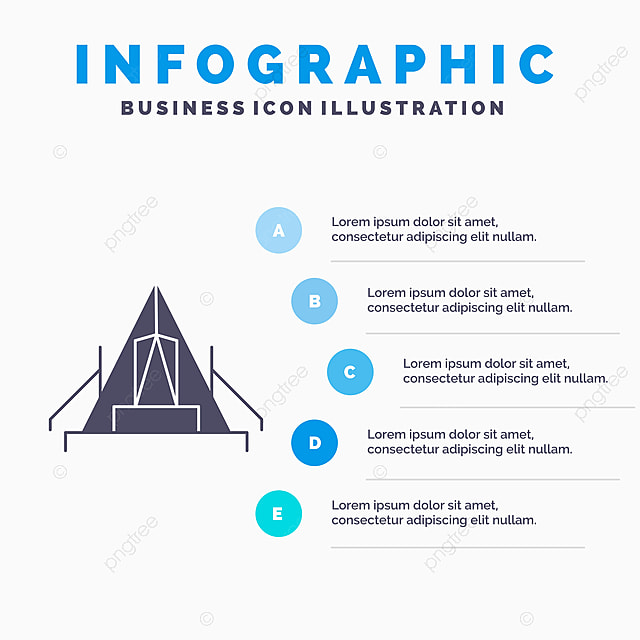Corner angles are important parts in construction and design projects. They offer strength, sturdiness, and flexibility. They are also easy to install and can hold up against numerous ecological aspects.
Home builders use several kinds of angles to develop strong, secure structures. Several of these angles are for aesthetic appeals, while others are used to enhance accessibility and feature.
Strength
The toughness of steel angles is important for making sure that frameworks are risk-free and can endure hefty lots. These parts can be utilized for a variety of tasks, from reinforcing light beams and columns to creating structures for shelving and fencing. They are likewise ideal for producing assistance structures in commercial environments.
Rounded inside edges are a fundamental part of modern-day engineering and style, as they assist to distribute stress equally throughout the material. This can make a product more powerful and less most likely to fracture or stop working, specifically in materials such as glass, rock, and tile.
Rounded edges in rotomolded parts likewise assist to minimize stress concentrations, which can lead to architectural weak points and low quality. Therefore, Gregstrom Firm recommends that developers use rounded corners when producing rotomolded parts. These functions will certainly enhance the general high quality of the finished item and aid to make certain that the shaped component is solid, long lasting, and long-lasting. This will certainly minimize the requirement for repairs or replacements over time.
Resilience
Bent inside corners are an important component of modern design and layout, and they can substantially increase the security of frameworks made from stone or glass. They also aid to equally distribute tensile and compressive forces, which decrease the probability of splitting or breakage.
These angles are crucial to our day-to-day lives, making it simpler for us to move around in our surroundings. For example, wheelchair ramps, staircases, and doorways are created with accurate angles to ensure safety and security and access. Furthermore, the ideal angle is utilized in bridges and buildings to guarantee structural integrity.
In geometry, an angle is the point where 2 rays fulfill. It is likewise known as a vertex. The four edges of a square have an internal angle of 90 levels. Nevertheless, the term is typically used to define any kind of kind of corner. For example, in image frameworks, the top and lower rails call for 45 degree mitre cuts. This is due to the fact that the board widths are different.
Flexibility
While the right angle is one of the most usual type of angle, various other types can create one-of-a-kind, functional, and visually attractive structures. Whether you're creating a modern-day coffee table or an industrial-style home, utilizing various angles will aid you attain the wanted visual.
You can utilize light weight aluminum angle to make custom-made brackets for protecting and strengthening your projects. These brackets are light-weight and solid, so they can hold up against hefty lots and anxieties. They likewise are available in a variety of sizes and shapes, making them a versatile selection for a wide range of tasks.
Several modern-day structures make use of bent inside corners to enhance structural security and toughness. These rounded corners distribute stress and anxiety throughout the framework to avoid vulnerable points and cracks. This is a vital factor to consider for contractors and professionals, especially when collaborating with hefty materials like rock or ceramic tile. Producing a curved edge can also raise the life expectancy of the material and minimize maintenance prices. It tent durability is very important to choose the appropriate angles for your job, and to guarantee that they are properly set up to avoid any possible issues.
Price
Rounded inside corners are a crucial element of modern style and engineering, as they play a critical duty in enhancing structure stability and durability. They likewise help in reducing tension circulation and reduce damage. Additionally, they can boost the visual allure of a structure.
Words "edge" typically, yet not always, describes a 90 degree angle. In geometry, nevertheless, the term "angle" is actually a point where 2 lines or sides fulfill (or converge). These factors are called vertex, and they can be straight or bent.
Using a rounded mitre in a picture framework, as an example, requires cautious estimation. The mitre angle is based on the width ratio of the board at each edge. If the boards are of equal size, after that they will each need a 45 degree mitre. If the boards are broader, after that they will each need a different angle. This situation prevails in custom frameworks, where the leading and lower rails are commonly bigger than the side rails.
